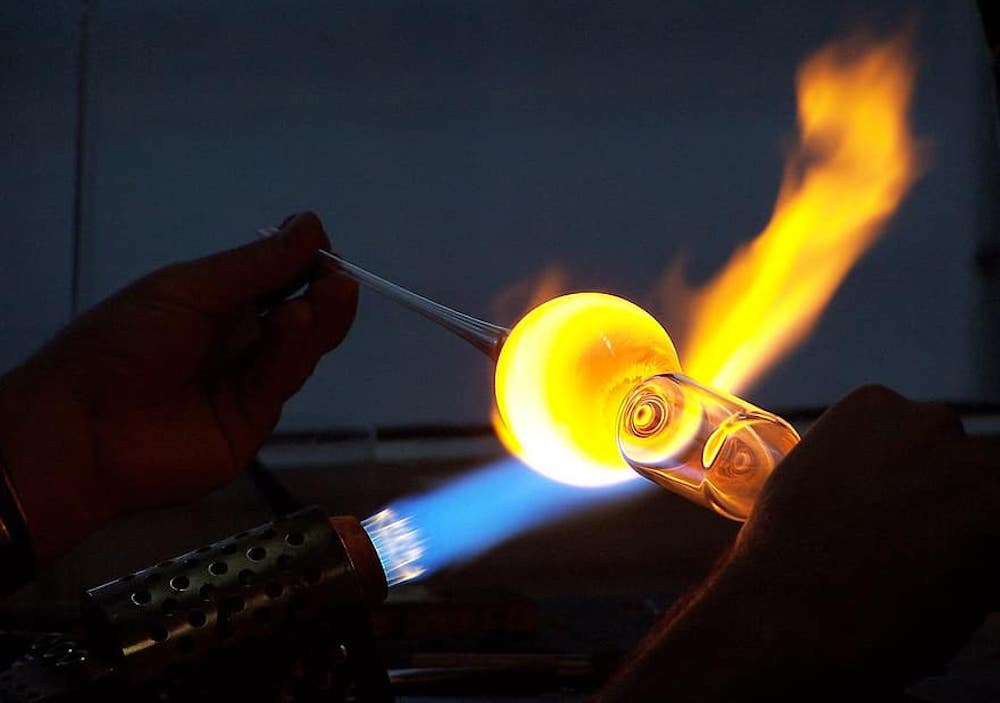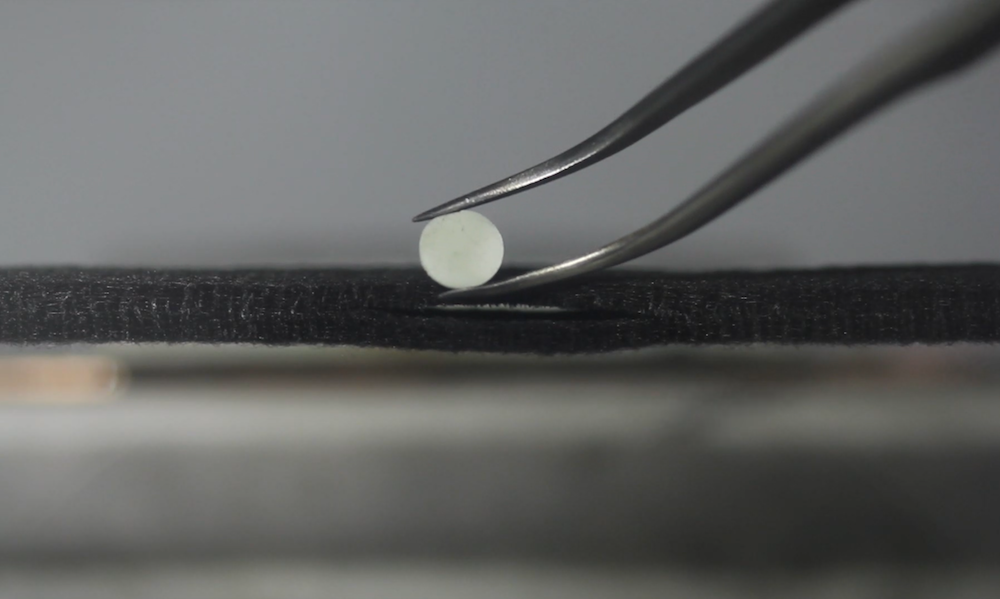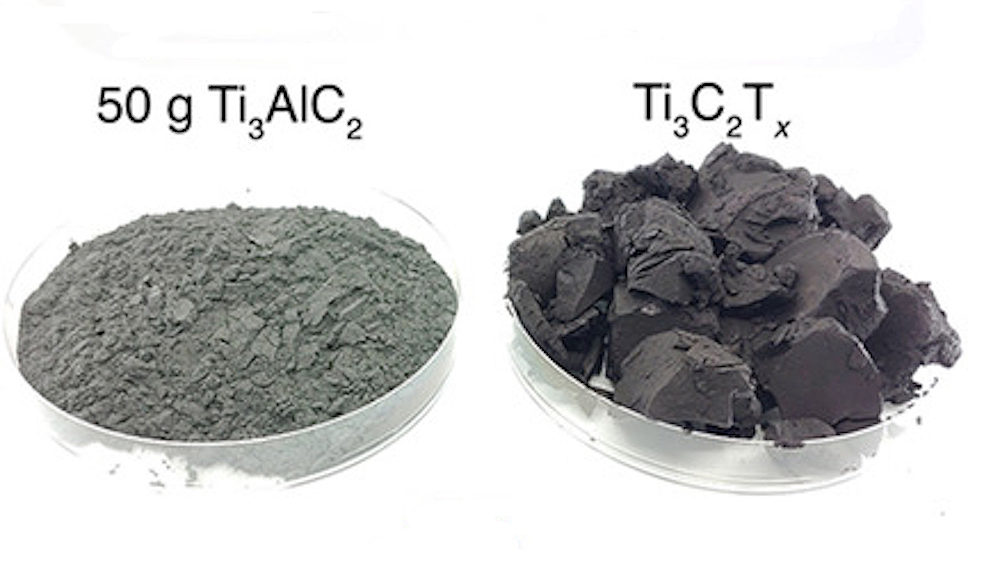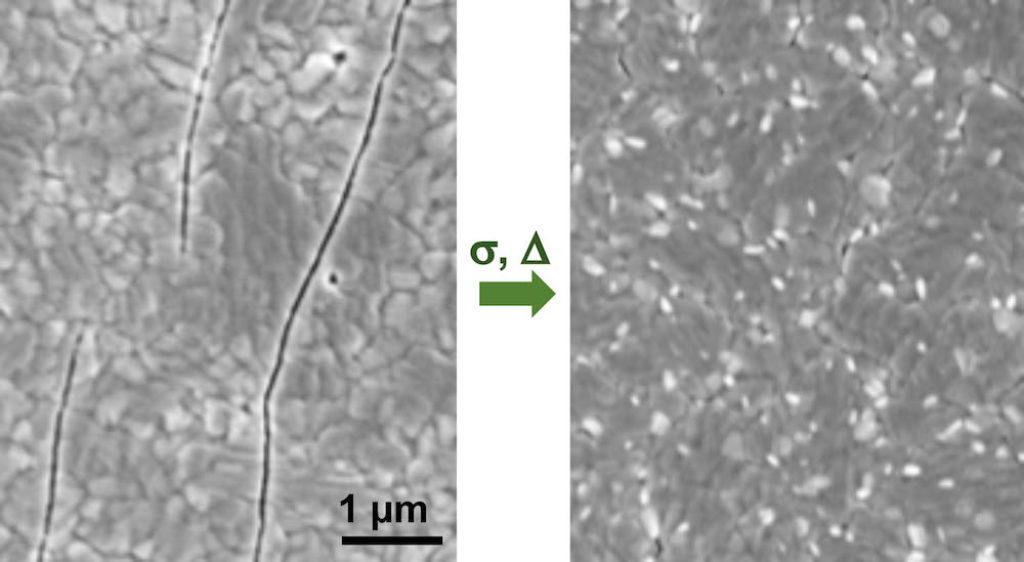Determining viscosity of a glass through experiment is a slow and expensive process. In two recent papers published in JACerS, Penn State professor John Mauro and his colleagues show how it can be predicted much easier by using dilatometry and DSC to calculate parameters for a glass viscosity model that was proposed in 2009.
Read MoreOne challenge in additive manufacturing is the design of complex shapes with large-sized unsupported regions. A recent ACerS journal article explores the use of organic sacrificial supports to achieve such designs.
Read MoreArtificial intelligence techniques hasten the process of identifying new ceramic and glass compositions, but current synthesis methods limit how quickly new compositions can be experimentally tested. University of Maryland researchers and colleagues developed a new ultrafast high-temperature sintering method that could greatly speed up ceramic synthesis.
Read MoreFor self-driving vehicles to become a common reality, the laser surveying system LiDAR must be improved. Researchers from Alfred University developed a transparent ceramic that could prove to be an ideal lasing material for LiDAR.
Read MoreIt is one thing to develop a new material or process—but improving existing materials and processes is also important in making better products. Two papers in the May-June issue of International Journal of Applied Ceramic Technology focus on improving effectivity of existing processes.
Read MoreFabricating dense, complex-shaped items from silicon carbide can be challenging due to the material’s properties. Manufacturers benefit from studies on reducing viscosity of SiC slurries, such as two recent ones published in an ACerS journal, but open access to the data behind such studies may benefit them even more.
Read MorePerovskite solar cells are expected to become a leading contender to silicon-based solar cells, or for use in tandem with them, once several challenges are overcome. Researchers at Brown University found cracks in perovskite films are easily healed by applying compression or moderate heat.
Read MorePorous ceramics hold great promise as value-added products for waste materials because they can use ceramic and glass powders as starting materials. Two recent papers published in a special issue of ACT explore this idea by creating foam glass from waste.
Read MoreEutectic materials self-assemble to form a cohesive structure, but only a limited set of structures emerge. Researchers from the University of Illinois at Urbana-Champaign and the University of Michigan found they could achieve new microstructures through templating.
Read More








